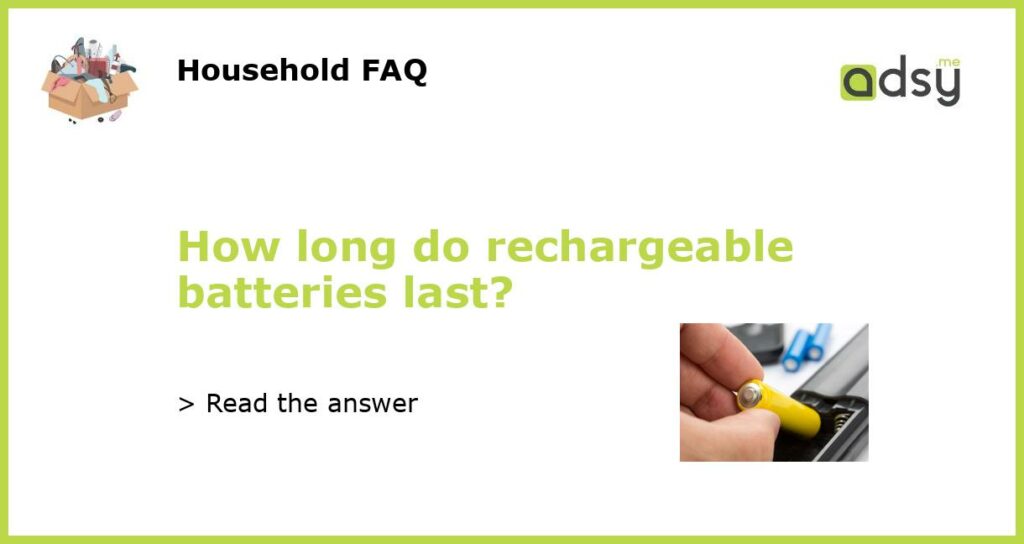Understanding The Lifespan of Rechargeable Batteries
Rechargeable batteries have become increasingly common in our everyday lives, powering everything from laptops and smartphones to remote controls and children’s toys. But just how long can we expect these batteries to last before needing to be replaced? The lifespan of rechargeable batteries can vary depending on a number of factors. Let’s dive into what determines the life of a rechargeable battery and how to extend it.
Factors That Determine Battery Life
The lifespan of a rechargeable battery is influenced by a number of factors, including usage patterns, temperature, and age. The more frequently a battery is used, the faster it is likely to degrade. Similarly, exposure to high temperatures can accelerate the degradation process, as can leaving the battery sitting unused for prolonged periods of time.
Types of Rechargeable Batteries
There are several different types of rechargeable batteries, each with different characteristics and lifespans. Nickel-cadmium (NiCd) batteries have been around for decades and are known for their ability to hold a charge well. However, they have largely been replaced by newer battery technologies due to the fact that they contain toxic materials. Nickel-metal hydride (NiMH) batteries are a popular choice for devices like cameras and flashlights. They are less toxic than NiCd batteries, but can still lose their charge quickly over time. Lithium-ion (Li-ion) batteries are now the most common type of rechargeable battery, with a higher energy density and longer lifespan than NiMH batteries.
How To Extend Battery Life
There are several steps you can take to extend the life of your rechargeable batteries. One is to avoid exposing them to extreme temperatures, both hot and cold. Storing batteries in a cool, dry location can help prevent degradation. Additionally, it’s important to avoid fully discharging batteries whenever possible, as this can accelerate the degradation process. Charging batteries frequently, even if they are not fully discharged, can help maintain their performance over time. Finally, it’s important to use the right type of battery for each device. Some devices are optimized for certain types of rechargeable batteries, so be sure to check the manufacturer’s recommendations before making a purchase.
The lifespan of rechargeable batteries can vary widely depending on a number of factors. By understanding the factors that influence battery life and taking steps to extend it, you can save money and reduce your environmental impact. Whether you’re using rechargeable batteries in your home or business, taking care to maintain them properly can help ensure that you get the most out of your investment.






